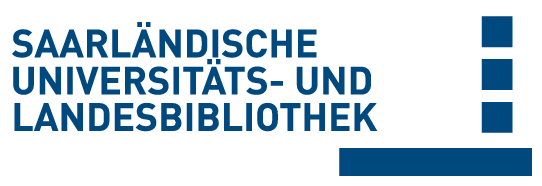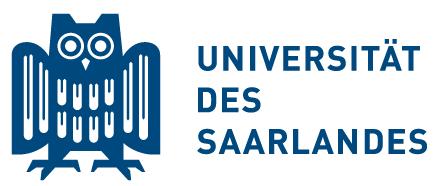Please use this identifier to cite or link to this item:
doi:10.22028/D291-41143 | Title: | Cellular immunity predominates over humoral immunity after homologous and heterologous mRNA and vector-based COVID-19 vaccine regimens in solid organ transplant recipients |
| Author(s): | Schmidt, Tina Klemis, Verena Schub, David Schneitler, Sophie Reichert, Matthias C. Wilkens, Heinrike Sester, Urban Sester, Martina Mihm, Janine |
| Language: | English |
| Title: | American Journal of Transplantation |
| Volume: | 21 |
| Issue: | 12 |
| Pages: | 3990-4002 |
| Publisher/Platform: | Wiley |
| Year of Publication: | 2021 |
| Free key words: | clinical research/practice flow cytometry infection and infectious agents - viral infectious disease T cell biology vaccine |
| DDC notations: | 610 Medicine and health |
| Publikation type: | Journal Article |
| Abstract: | Knowledge on the immunogenicity of vector-based and mRNA-vaccines in solid organ transplant recipients is limited. Therefore, SARS-CoV-2–specific T cells and antibodies were analyzed in 40 transplant recipients and 70 controls after homologous or heterologous vaccine-regimens. Plasmablasts and SARS-CoV-2–specific CD4 and CD8 T cells were quantified using flow cytometry. Specific antibodies were analyzed by ELISA and neutralization assay. The two vaccine types differed after the first vaccination, as IgG and neutralizing activity were more pronounced after mRNA priming (p = .0001 each), whereas CD4 and CD8 T cell levels were higher after vector priming (p = .009; p = .0001). All regimens were well tolerated, and SARS-CoV-2–specific antibodies and/or T cells after second vaccination were induced in 100% of controls and 70.6% of transplant recipients. Although antibody and T cell levels were lower in patients, heterologous vaccination led to the most pronounced induction of antibodies and CD4 T cells. Plasmablast numbers were significantly higher in controls and correlated with SARS-CoV-2–specific IgG- and T cell levels. While antibodies were only detected in 35.3% of patients, cellular immunity was more frequently found (64.7%) indicating that assessment of antibodies is insufficient to identify COVID-19-vaccine responders. In conclusion, heterologous vaccination seems promising in transplant recipients, and combined analysis of humoral and cellular immunity improves the identification of responders among immunocompromised individuals. |
| DOI of the first publication: | 10.1111/ajt.16818 |
| URL of the first publication: | https://doi.org/10.1111/ajt.16818 |
| Link to this record: | urn:nbn:de:bsz:291--ds-411433 hdl:20.500.11880/36927 http://dx.doi.org/10.22028/D291-41143 |
| ISSN: | 1600-6135 |
| Date of registration: | 22-Nov-2023 |
| Description of the related object: | Supporting Information |
| Related object: | https://onlinelibrary.wiley.com/action/downloadSupplement?doi=10.1111%2Fajt.16818&file=ajt16818-sup-0001-Supinfo.docx |
| Faculty: | M - Medizinische Fakultät |
| Department: | M - Infektionsmedizin M - Innere Medizin |
| Professorship: | M - Prof. Dr. Martina Sester M - Prof. Dr. Sören Becker |
| Collections: | SciDok - Der Wissenschaftsserver der Universität des Saarlandes |
Files for this record:
| File | Description | Size | Format | |
|---|---|---|---|---|
| American J Transplantation - 2021 - Schmidt - Cellular immunity predominates over humoral immunity after homologous and.pdf | 1,8 MB | Adobe PDF | View/Open |
This item is licensed under a Creative Commons License


